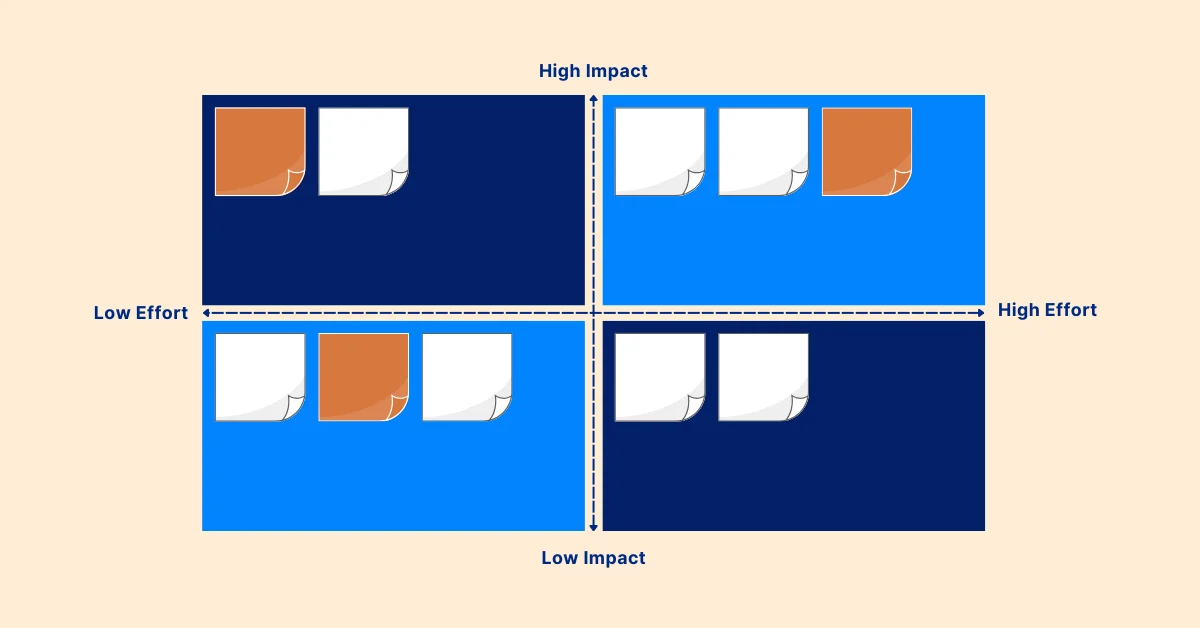How to Use a Critical Path Calculator for Accurate Project Scheduling
Learn how to use a Critical Path Calculator to improve project scheduling. Identify key tasks, optimize resources, and ensure timely project completion.
When managing a project, ensuring that everything is completed on time is often the biggest challenge. With multiple tasks, dependencies, and deadlines, it’s easy for important details to slip through the cracks. This is where a Critical Path Calculator becomes an invaluable tool.
A Critical Path Calculator helps you identify the sequence of tasks that directly affect your project’s timeline, so you can focus on what truly matters. By automating the process, this tool saves you time and reduces the risk of delays, ensuring that your project stays on track.
In this guide, we’ll explore how the Critical Path Calculator works, why it’s essential for effective project scheduling, and how you can use it to make smarter decisions, minimize risks, and complete projects on time.
What is the Critical Path Method (CPM)?
The Critical Path Method (CPM) is a project management technique used to determine the longest sequence of dependent tasks that dictates the minimum project duration. It helps prioritize critical tasks, ensuring the project is completed on time.
In simple terms, CPM helps calculate the shortest possible time needed to complete a project by determining which tasks are critical to the project’s completion and which can afford to be delayed without affecting the overall timeline.
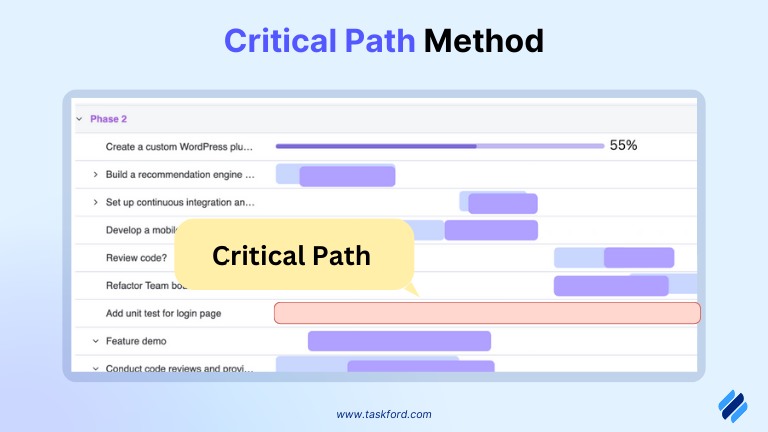
Key Terms to Know
- Tasks: The individual pieces of work or activities that need to be completed in a project. Each task has a specific duration and is often dependent on other tasks.
- Dependencies: These are the relationships between tasks, indicating which tasks must be completed before others can start. Dependencies can be of various types, such as finish-to-start, start-to-start, finish-to-finish, etc.
- Float : Also known as slack time, float is the amount of time a task can be delayed without affecting the project’s overall completion date.
- Slack Time: This is the total amount of time that a task can be delayed without impacting the project’s deadline.
For a deeper dive into how to apply CPM to your projects, check out our Critical Path Method in Project Management guide.
Understanding the Critical Path Calculator in Project Scheduling
1. What is a Critical Path Calculator?
A Critical Path Calculator is a tool designed to automate the identification of a project's critical path. By calculating the sequence of dependent tasks that determine the minimum time required to complete the project, it ensures that project managers can prioritize the most important tasks. This tool helps reduce the complexity of project scheduling, making it easier to visualize task dependencies and focus on what directly impacts the project's completion date.
By inputting task names, durations, and dependencies into the calculator, it can quickly calculate which tasks are critical and must be completed on time to avoid delays, while also identifying non-critical tasks that have more flexibility.
2. How Does It Work?
A Critical Path Calculator works by analyzing project data — such as task durations and dependencies – and calculating the longest sequence of dependent tasks, known as the critical path. Here’s how it works:
- Input Data: You enter all project tasks, their estimated durations, and the relationships (dependencies) between tasks into the calculator.
- Task Dependencies: The calculator identifies which tasks must be completed before others can begin (e.g., finish-to-start, start-to-start).
- Calculating the Critical Path: Based on the data provided, the calculator determines the longest path of dependent tasks that dictates the project duration. Any delay in these tasks will delay the entire project.
- Visual Representation: Most tools provide visual outputs, like Gantt charts, which highlight the critical path and allow for easy tracking of project progress.
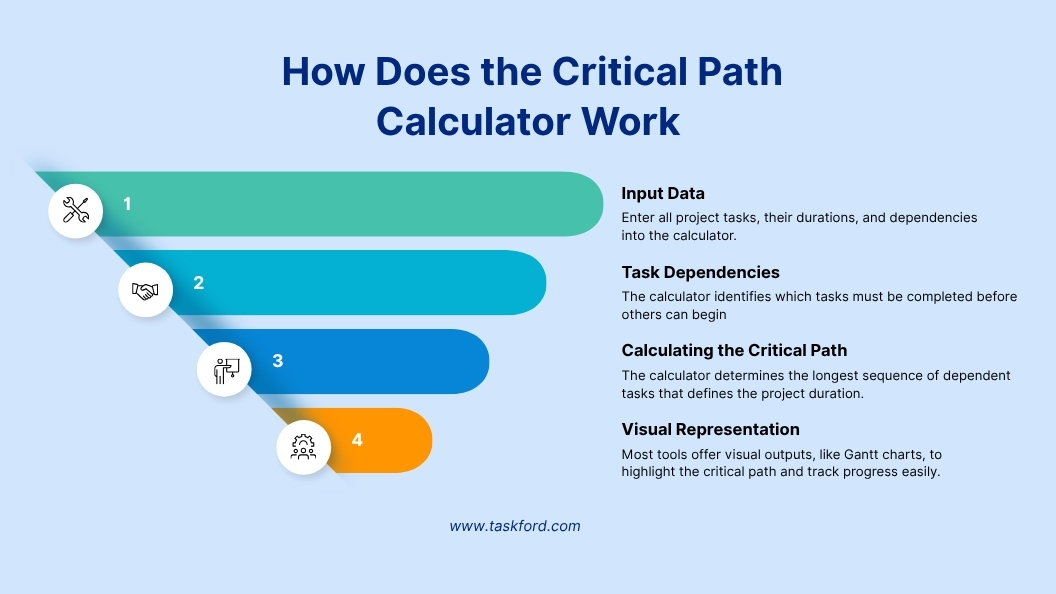
This automated process helps save time, eliminates manual calculation errors, and provides a clear overview of the project timeline.
3. Benefits of using a Critical Path Calculator
A Critical Path Calculator offers several benefits that make it indispensable in project scheduling:
-
Time-Saving: Automates the critical path calculation, reducing the manual effort required and saving valuable time for project managers.
-
Improved Accuracy: By eliminating manual errors, it ensures more accurate task scheduling and resource allocation.
-
Real-Time Updates: As the project progresses and changes occur, the calculator can update the critical path, ensuring that the project timeline remains accurate.
-
Enhanced Focus: It helps identify the most time-sensitive tasks, allowing project managers to focus resources and efforts on critical activities that impact the overall schedule.
-
Resource Optimization: By identifying critical tasks, project managers can optimize resource allocation, avoid bottlenecks, and prevent delays.
-
Risk Management: The calculator allows for better risk management by highlighting potential delays before they occur, enabling teams to take corrective actions.
In short, using a Critical Path Calculator allows project managers to gain better control over timelines, reduce project risks, and make smarter decisions, all of which contribute to successfully completing the project on time.
How To Use a Critical Path Calculator
Using a Critical Path Calculator is a straightforward process, but it requires accurate input and careful attention to task dependencies. Here’s a step-by-step guide on how to effectively use the tool for your project:
1. List All Tasks and Define Durations
Start by breaking down the entire project into smaller, manageable tasks. Each task should have a clear name and an estimated duration based on the complexity and requirements of the task. The accuracy of the task durations is critical for a reliable critical path calculation.
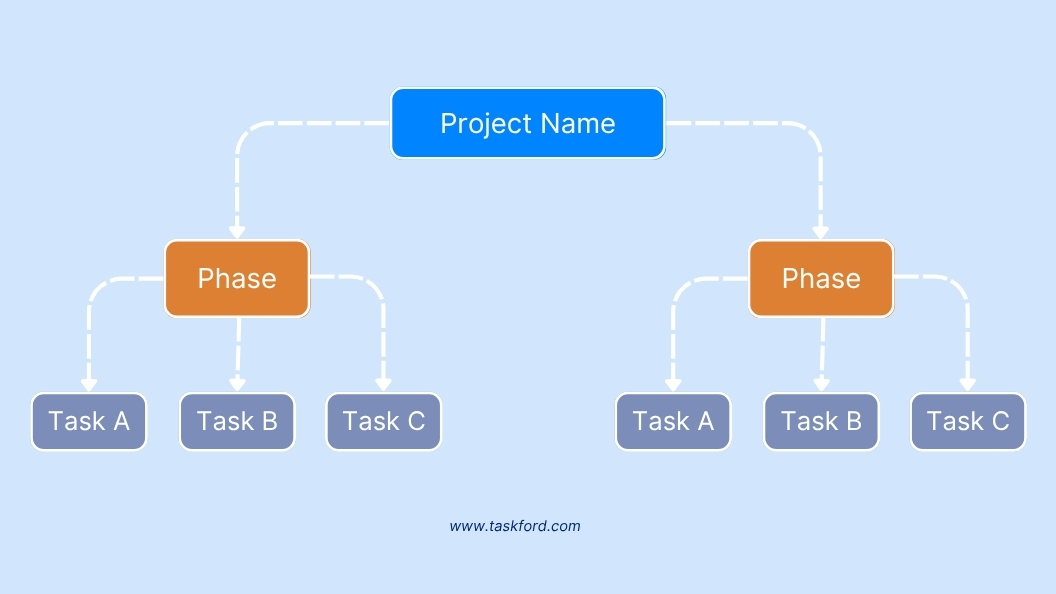
Tip: Consult your team or past project data to estimate task durations accurately.
2. Identify Task Dependencies
Next, define how each task relates to others. Which tasks need to be completed before others can start? These are your task dependencies. A Critical Path Calculator can work with various types of dependencies, such as:
- Finish-to-Start (FS): Task B cannot start until Task A is finished.
- Start-to-Start (SS): Task B cannot start until Task A starts.
- Finish-to-Finish (FF): Task B cannot finish until Task A is finished.
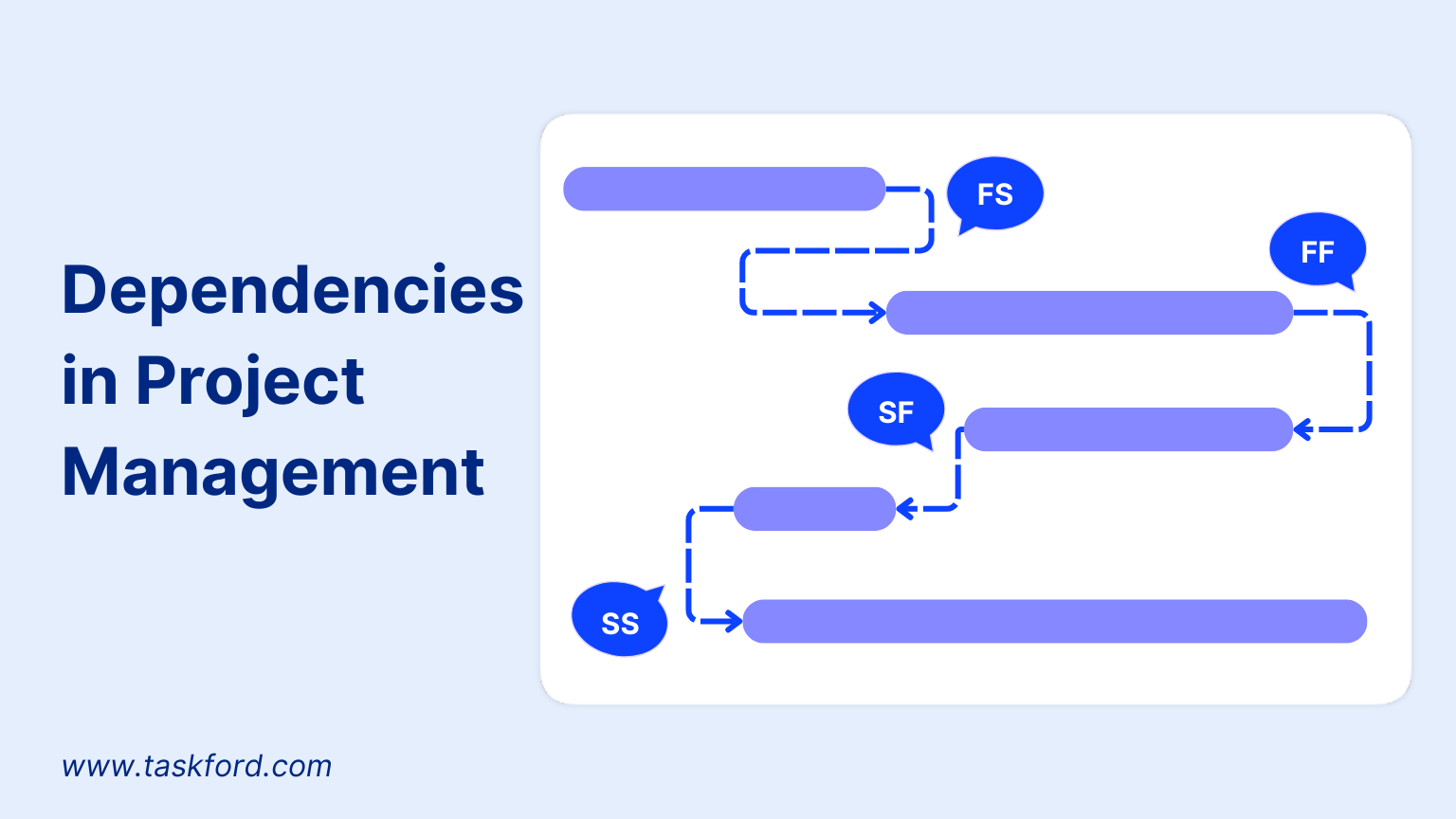
Make sure all dependencies are clearly identified to ensure the calculator can generate the correct schedule.
3. Create a Network Diagram
Map tasks and dependencies visually using a network diagram, such as an activity-on-node (AON) or PERT chart. Many critical path calculators generate this automatically from your inputs, showing task sequences and relationships.
Insight: The diagram helps validate dependencies and spot potential bottlenecks early. If the calculator doesn’t create one, use tools like Lucidchart or draw it manually.
Example: A diagram might show "Lay Foundation" → "Build Frame" → "Install Drywall" in sequence.
4. Allocate Resources
Once tasks and dependencies are mapped out, consider resource allocation. Ensure that the necessary resources (people, equipment, materials) are assigned to the appropriate tasks. This step helps prevent bottlenecks and ensures tasks are completed on time.
5. Input Data into the Calculator
Enter tasks, durations, dependencies, and resources into the critical path calculator. The tool calculates:
- Earliest Start/Finish Times (ES/EF): When tasks can begin and end.
- Latest Start/Finish Times (LS/LF): The latest tasks can start/end without delaying the project.
- Float/Slack: Time tasks can be delayed without affecting the project (critical tasks have zero float).
- Critical Path: The longest sequence of tasks determining project duration.

By inputting accurate information, the calculator provides a clear overview of project scheduling, helping to prioritize tasks and allocate resources efficiently.
6. Review the Critical Path
Once the tool has processed the information, it will display the critical path, which will highlight the sequence of tasks that must be completed on schedule. Review the critical path to identify the most crucial tasks and ensure that all project milestones are achievable.
By following these steps, you’ll be able to accurately calculate your project’s critical path, helping you focus on the right tasks and maintain your schedule.
Real-world Application of Critical Path Method
Here is a real-world example of how the Critical Path Method (CPM) and Critical Path Calculators are applied to ensure timely project completion:
Launching a Marketing Campaign
Scenario: A company is launching a product marketing campaign.
Tasks and Durations:
- A: Conduct market research (4 days)
- B: Develop campaign strategy (3 days)
- C: Create promotional materials (5 days)
- D: Set up social media ads (2 days)
- E: Launch campaign (1 day)
Dependencies:
- A → B: Conduct market research must finish before developing the campaign strategy (Finish-to-Start, FS).
- B → C: The campaign strategy must be completed before creating promotional materials.
- C → D: Promotional materials must be finished before setting up ads.
- D → E: Setting up ads must be done before launching the campaign.
The sequence of tasks is: A → B → C → D → E (Finish-to-Start, FS).
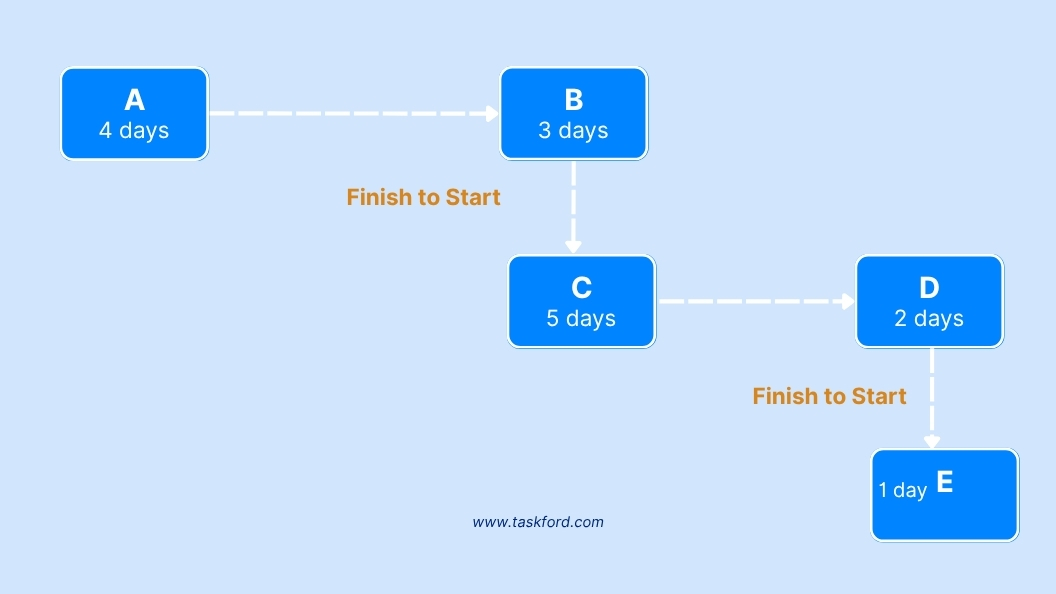
Input into Calculator:
Enter tasks, durations, and dependencies into a critical path calculator like TaskFord
Critical Path Calculation:
- Network Diagram: A → B → C → D → E (fully sequential).
- Duration: 4 (A) + 3 (B) + 5 (C) + 2 (D) + 1 (E) = 15 days.
- Float: All tasks have zero float since they are sequential and critical.
Output:
The critical path is Conduct market research → Develop campaign strategy → Create promotional materials → Set up social media ads → Launch campaign (15 days). Any delay in these tasks (e.g., promotional materials taking 6 days) extends the project to 16 days.
Conclusion
A Critical Path Calculator is a simple yet powerful tool that helps you focus on the tasks that are essential to completing your project on time. By identifying the critical path, it highlights which tasks can’t be delayed without pushing back the entire project, allowing you to prioritize and allocate resources effectively.
Using this tool takes the guesswork out of scheduling, giving you a clearer view of your project’s timeline. Whether you're managing a small task or a complex project, the Critical Path Calculator helps you stay on top of deadlines and ensures things run smoothly from start to finish.
Continue Reading
- Gantt Chart Critical Path Key Differences, Use Cases, and How to Find It
- Gantt Chart Dependencies 4 Common Types and When to Use Them
- Gantt Chart vs Kanban Which one is better for your Team's Workflow
- Agile Project Management The Basics for Beginners
Making work simpler,
smarter, and more connected
Join our waitlist and be notified first.

Related Blog
Subscribe for Expert Tips
Unlock expert insights and stay ahead with TaskFord. Sign up now to receive valuable tips, strategies, and updates directly in your inbox.


